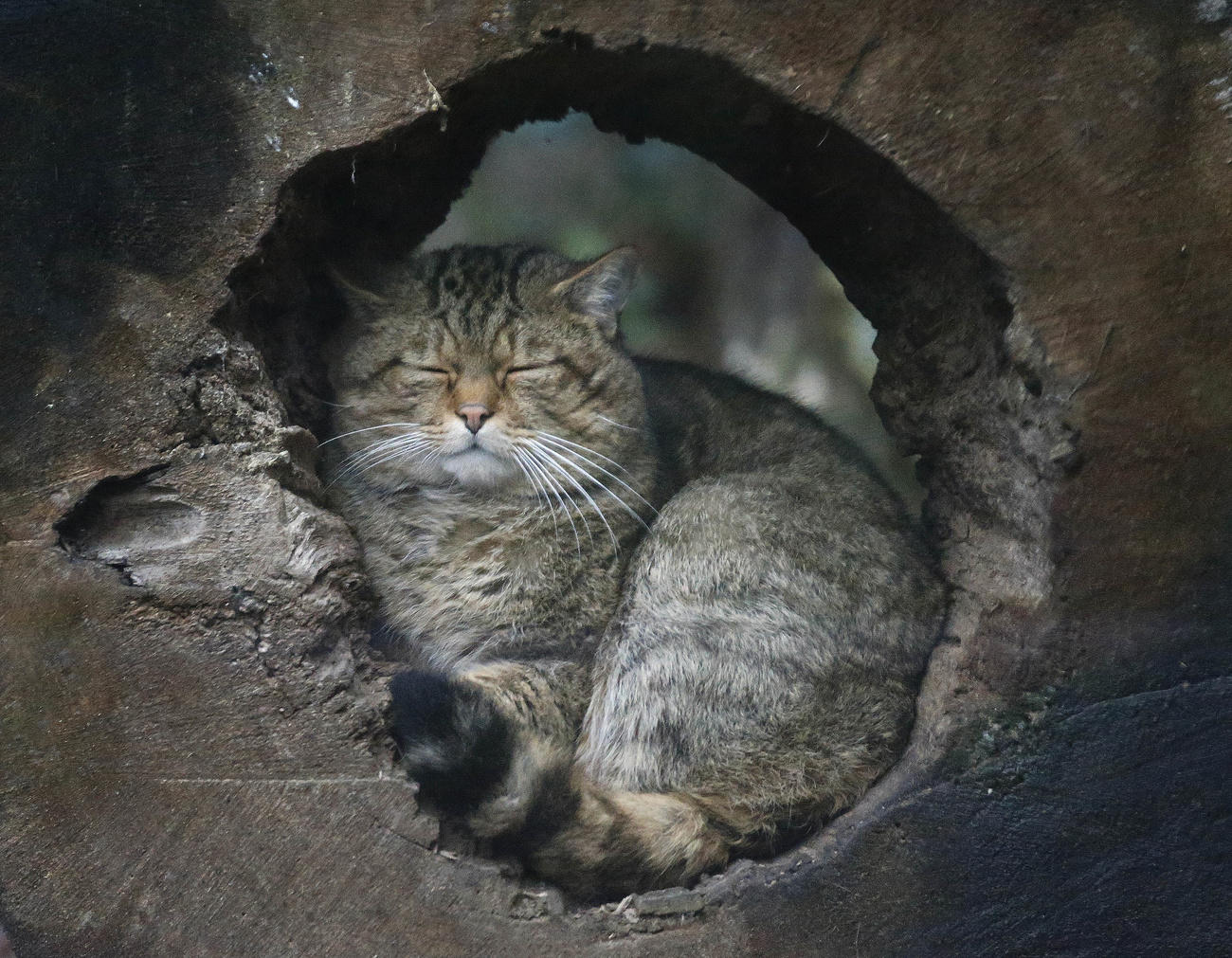
Study aims to track the European wildcat in Switzerland

A study in western Switzerland aims to track the presence of the European wildcat around Lake Neuchâtel. So far, two of the creatures have been spotted.
The study is being carried out by the ‘Grande Cariçaie’ nature association, which says that the presence of the wild cat species is to date not well mapped across the region – in fact, the pair that have already been detected were done so a couple of years ago already.
In collaboration with the KORA wildlife and ecology group, Grande Cariçaie has thus decided to launch a study based on laying ‘photographic traps’: wooden stakes covered with valerian are laid out to attract the cats, whose movements then set off a camera.
Eleven of the photo traps have been set up in three regions across cantons Vaud and Fribourg. The two cats already spotted were seen in the nature reserve on the western shores of Lake Neuchâtel.
The European wildcat, or more seasonally, the felis silvestris, lives almost undetected in various European forests, and is one of the least-well known of wild animals in the region. It was once more common across the old continent, but widespread persecution and deterioration of its natural habitat has led to declines in species numbers.

In compliance with the JTI standards
More: SWI swissinfo.ch certified by the Journalism Trust Initiative






























You can find an overview of ongoing debates with our journalists here . Please join us!
If you want to start a conversation about a topic raised in this article or want to report factual errors, email us at english@swissinfo.ch.